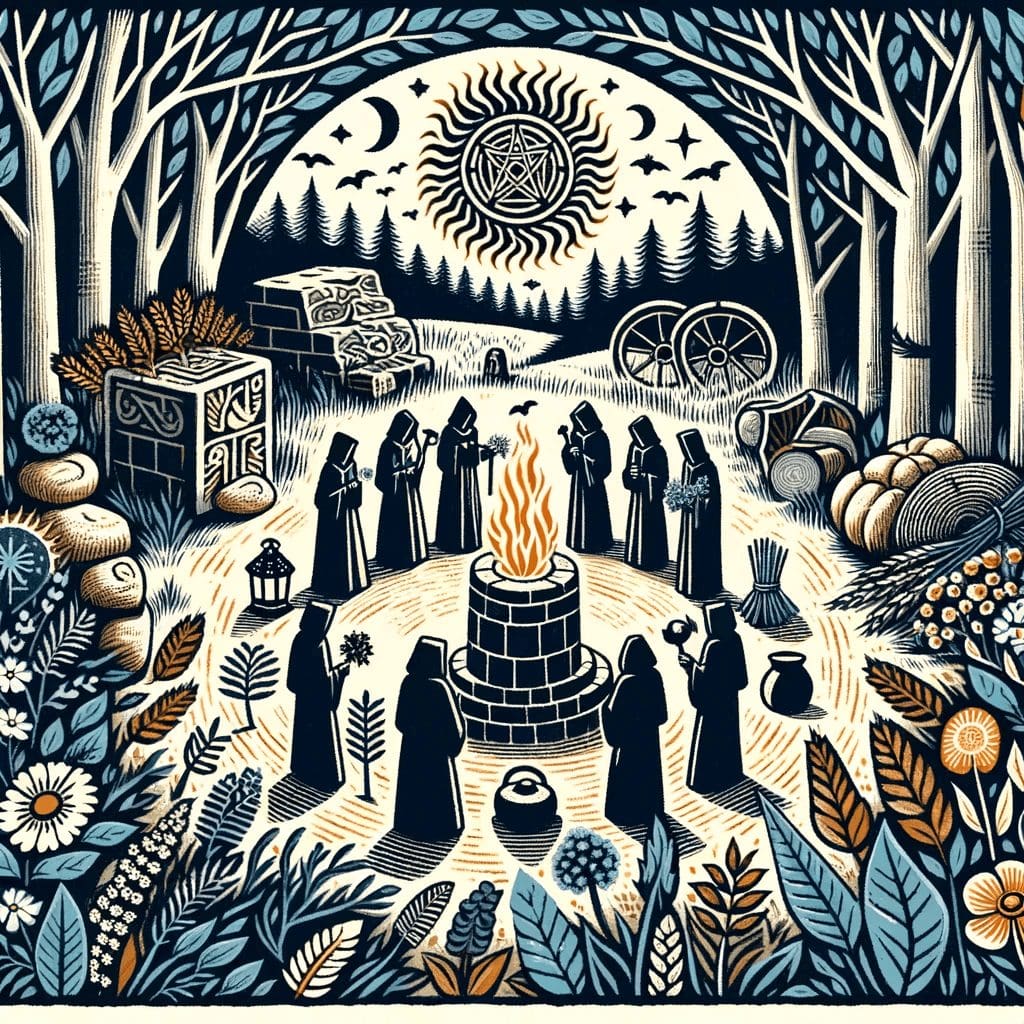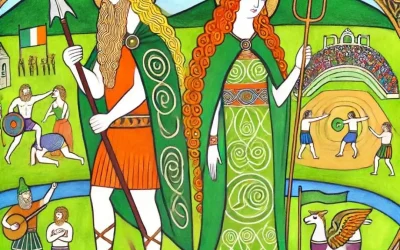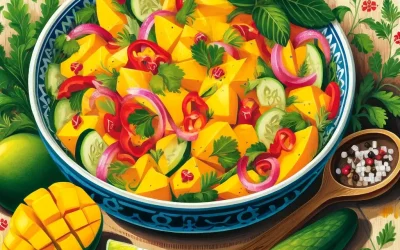Druid Holidays Explained: Celebrating the Wheel of the Year

We’re diving headfirst into the world of Druid holidays, where ancient customs aren’t just for the stone-circled past but for the here and now. So, dust off your robes and prepare to frolic with the seasons because these age-old traditions are rolling with the times.
Druidry is more than just arcane rituals and flowery prose. It’s a spiritual path steeped in reverence for the Earth, and its holidays are milestones in a perennial journey that echoes the natural world. From here on, it’s all about the when, why, and how these sacred days keep the heartbeat of Druidry thrumming in the modern pulse.
INTRODUCTION
The Druids have long captured the imagination with their enigmatic practices and profound reverence for nature. Modern Druidry revives many of these traditions today, especially the celebration of the Wheel of the Year, which marks the changing seasons and significant astronomical events. These holidays connect practitioners to the cycles of nature, offering a pathway to harmony with the earth’s rhythms.
Most Celebrated Druid Holidays:
The Wheel of the Year consists of eight festivals, aligning with the solstices, equinoxes, and the midpoints between them. These include:
- Samhain (October 31st – November 1st) – New Year, honoring ancestors.
- Yule (Winter Solstice) – Celebrating rebirth, the sun’s return.
- Imbolc (February 1st – 2nd) – Welcoming spring, dedicated to the goddess Brigid.
- Ostara (Spring Equinox) – Celebrating fertility and renewal.
- Beltane (April 30th – May 1st) – Fires of fertility and protection.
- Litha (Summer Solstice) – Honoring the sun at its peak strength.
- Lughnasadh (August 1st) – Harvest festival, giving thanks.
- Mabon (Autumn Equinox) – Celebrating the second harvest and balance.
Modern Druids: An Evolving Practice
Modern Druids are diverse, practicing solitaries, members of groves, or larger orders. Their practice may focus on personal growth, ecological activism, or community service, but all share a deep respect for nature’s wisdom. With a blend of historical inspiration and living tradition, Druidry today is adaptable, often integrating creative expression and ecological stewardship.
Where are Druids Found Today?
While Druidry has its roots in the British Isles, it has spread worldwide, with significant communities in North America, Europe, and Australia. Many Druids connect online and gather at sacred sites and natural spaces for festivals and rituals, celebrating the Wheel of the Year in both rural and urban settings.
Conclusion
Druid holidays offer a unique lens through which to view our relationship with the environment and the cosmos. By understanding and participating in these cyclical celebrations, modern Druids weave a thread of continuity from the past to the present, and into the future, reaffirming their bond with the natural world.



